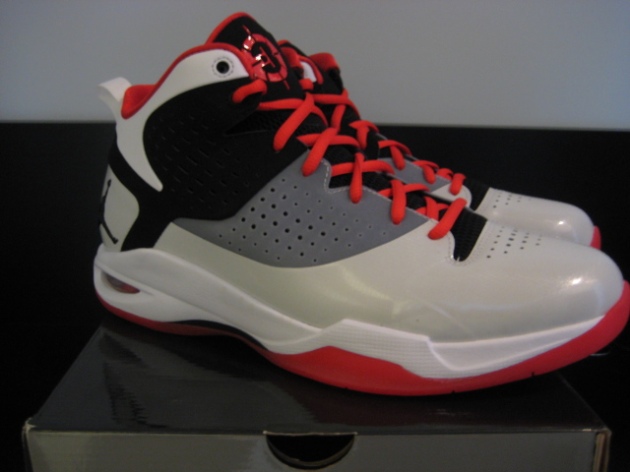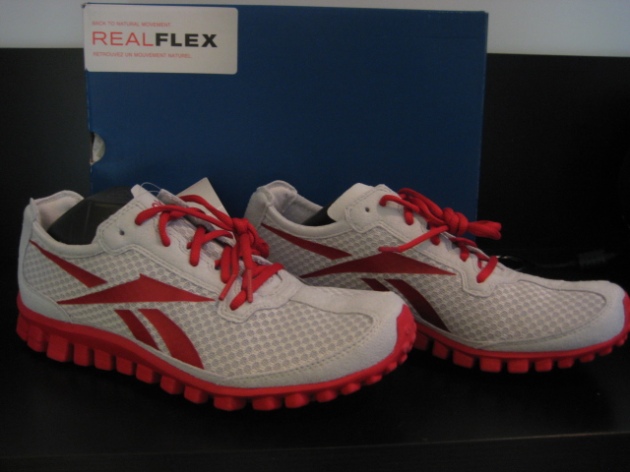
Sincerest apologies in the delay of this review. I’ve had a busy June and a foot injury — plantar fasciitis — that kind of slowed down the progress on this one.
The Fly Wade was an important step for Jordan Brand in that it was finally time to step up and deliver a shoe for the sneakerheads who cried for years to get Dwyane Wade free from Converse and over to the marquee Jordan Brand name. Did they deliver? In many ways, yes, but there are still ways to treat this like the high level product it ought to be.
This will not fall into the Crazy Light/Zoom Kobe VI class of “ultra light/thin-and-light,” but by Jordan Brand standards that’s certainly the case. The shoe checks in at 13.7 oz, a full ounce lighter than the Jordan 2011 and nearly two ounces lighter than the Melo M7.
That weight reduction doesn’t come with any sort of quality/comfort reduction. The toe is still a sturdy patent leather piece and there is ample cushioning for your ankles and Achilles in this shoe. Zoom Air is featured in the forefoot and Max Air with a visible bubble is featured in the heel.
The sole also stood out to me. Here’s the technical jargon from Eastbay: “The sole is made with solid rubber and designed with a modified elephant crackle pattern for multidirectional traction on a variety of surfaces.” I not only used this shoe for basketball, but I also took it to my athletic conditioning class, which consists of sprints among other things, so change of direction was important going from one end of the court to the other. The grip was outstanding. I can’t speak to how it handles outdoors, but my experience playing ball and running on a basketball court showed me they were up to the task.
As for sizing, these run true to size based on my experience. If you wear a 9 in the Zoom Kobe VI, you’d wear a 9 in these, too.
If I could tweak two things, it would be design and presentation. First, on design, this isn’t like ZigSlash-type design criticism, but I don’t think people were falling over themselves to pick this one up based on looks. Despite being light, it still looked sort of bulky to me, something not really fitting Wade’s style. Curious to see what the future looks like for Wade and Jordan Brand’s designers. Second, the presentation. If you’re Jordan Brand and you’re pushing Wade as arguably your marquee guy these days, shouldn’t the presentation of his first sig involve more than the standard gray and black JB box? Between these two elements, I thought they missed a chance to really make a splash. (Also, we could talk about when these were rolled out in the scheme of things for general release, but I don’t know what kind of politics go into the release calendar at Jordan Brand, so maybe there was a perfectly good reason.)
All four colorways of the Jordan Fly Wade are still available from Nike for retail price of $140. Click here to check them out. You can also customize them on NIKEiD and really create some sharp designs, so be sure to play with that option, too, if you think the shoe is right but just aren’t feeling the general releases.


